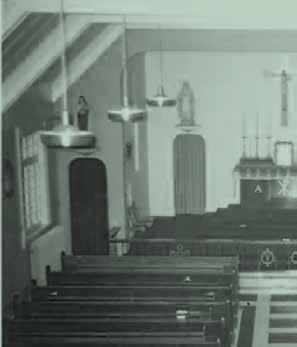WHERE THE LAND MEETS THE SEA Insects and Other Invertebrates of the Shores By Dr. Joel Gibson Curator of Entomology By Dr. Henry Choong Curator of Invertebrates
T
he intersection of the land and the sea is a special and often mysterious place. Those of us who are fortunate enough to live on Vancouver Island or the Gulf Islands know that although the shoreline is all around us, we still have so much more to learn about it. Beaches, coves, inlets, estuaries, lagoons and islets are found all along our province’s 25,000 kilometres of coastline. However, shoreline habitats are not homogeneous. They encompass a continuum of dynamic microsystems that are neither fully terrestrial nor fully marine. Rocks, sand, driftwood, kelp wrack and human-built structures
24
WHAT’S INSIGHT
or debris can all be present or absent on any given stretch of BC's shoreline. The defining line between salt water and dry land changes constantly as the tides go in and out. And in each little portion of each stretch of coastline, both above and below that sea-level line, animals and plants have found a way to live. Previously, most biodiversity research has focused on either marine or terrestrial organisms. As a result, shoreline animals, both above and below the surface of the sea, have rarely been the focus of concerted efforts. Insects and other invertebrates that live on the shoreline are unique fauna to consider. They are not insects of the meadows and forests. They are not marine invertebrates of the open water and ocean depths. Many species have become specialized to live only on shorelines, and can be found nowhere else in the province. If we are to











